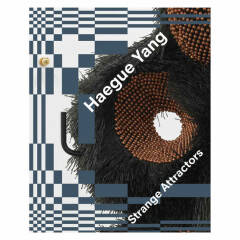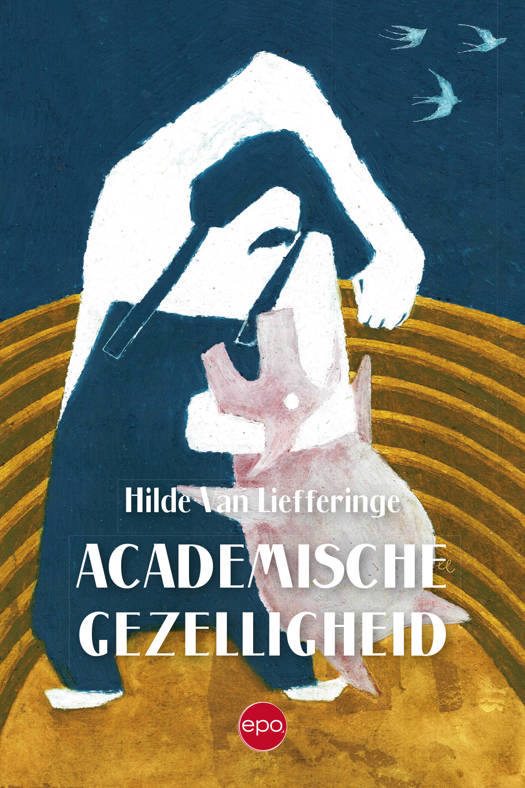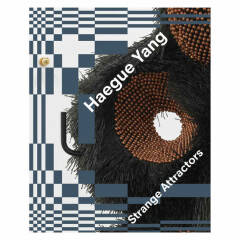
- Afhalen na 1 uur in een winkel met voorraad
- Gratis thuislevering in België vanaf € 30
- Ruim aanbod met 7 miljoen producten
- Afhalen na 1 uur in een winkel met voorraad
- Gratis thuislevering in België vanaf € 30
- Ruim aanbod met 7 miljoen producten
Zoeken
Omschrijving
Accompanying our 2020-1 Haegue Yang exhibition at Tate St Ives, this beautiful exhibition book focuses on the context of the Cornish landscape and its ancient archaeological heritage as an important point of departure for Yang. A vital expansion of the ideas that punctuate the Tate St Ives exhibition, the exhibition catalogue brings together installation photography and new texts on the artist.
Yang’s work combines materials, theories and cultural references to make astute and surprising connections between local contexts and wider geographies and histories. Recurring themes of migration, postcolonial diasporas, political struggle and social mobility underpin Yang’s research, culminating in a body of work that is an apposite comment on our own time.
Born in South Korea in 1971, Haegue Yang is renowned for creating immersive environments from a diverse range of materials. Yang’s sculptures and installations conjure abstract narratives which play with our sensory pre-conceptions of scent, sound, light and tactility. Often using recognisable household objects, her work liberates forms from their functional context and applies new connotations and meanings to them. Interweaving industrially made objects with labour intensive and craft-based processes, Yang articulates her interest in folk and pagan cultures, and their deep connection with seasonal rituals in relation to natural phenomena.
Yang’s work combines materials, theories and cultural references to make astute and surprising connections between local contexts and wider geographies and histories. Recurring themes of migration, postcolonial diasporas, political struggle and social mobility underpin Yang’s research, culminating in a body of work that is an apposite comment on our own time.
Born in South Korea in 1971, Haegue Yang is renowned for creating immersive environments from a diverse range of materials. Yang’s sculptures and installations conjure abstract narratives which play with our sensory pre-conceptions of scent, sound, light and tactility. Often using recognisable household objects, her work liberates forms from their functional context and applies new connotations and meanings to them. Interweaving industrially made objects with labour intensive and craft-based processes, Yang articulates her interest in folk and pagan cultures, and their deep connection with seasonal rituals in relation to natural phenomena.
Specificaties
Betrokkenen
- Auteur(s):
- Uitgeverij:
Inhoud
- Aantal bladzijden:
- 84
- Taal:
- Engels
- Geïllustreerd:
- Ja
Eigenschappen
- Productcode (EAN):
- 9781849767378
- Verschijningsdatum:
- 30/03/2021
- Uitvoering:
- Paperback
- Afmetingen:
- 230 mm x 285 mm
- Gewicht:
- 420 g

Alleen bij Standaard Boekhandel
+ 57 punten op je klantenkaart van Standaard Boekhandel
Beoordelingen
We publiceren alleen reviews die voldoen aan de voorwaarden voor reviews. Bekijk onze voorwaarden voor reviews.











